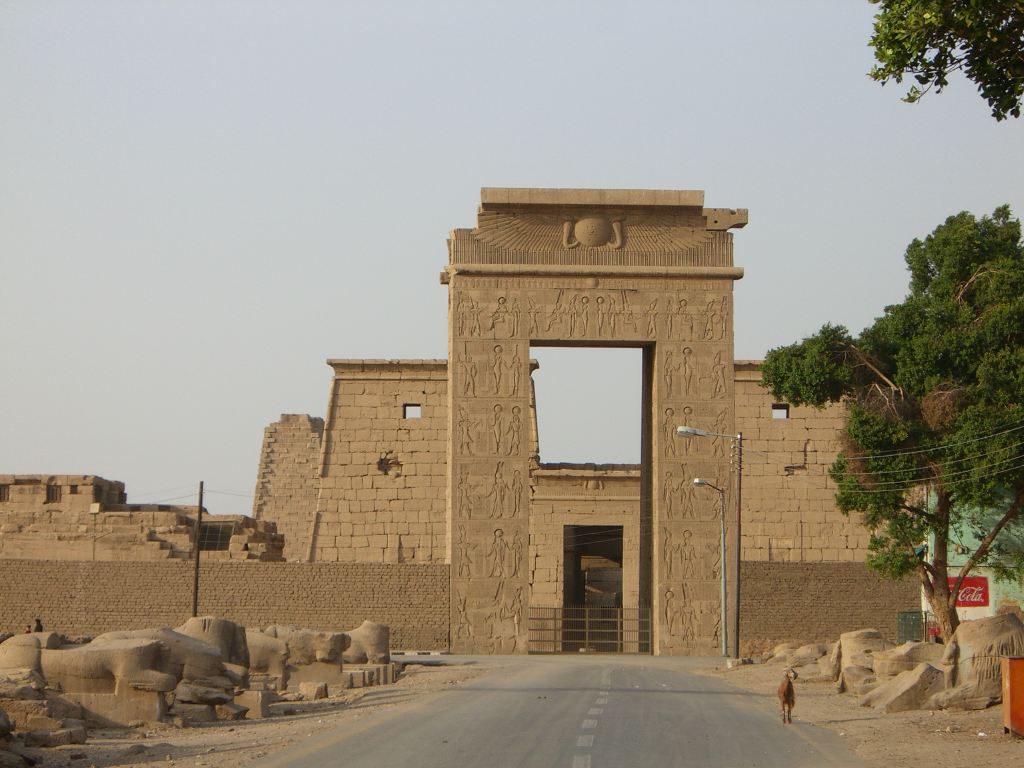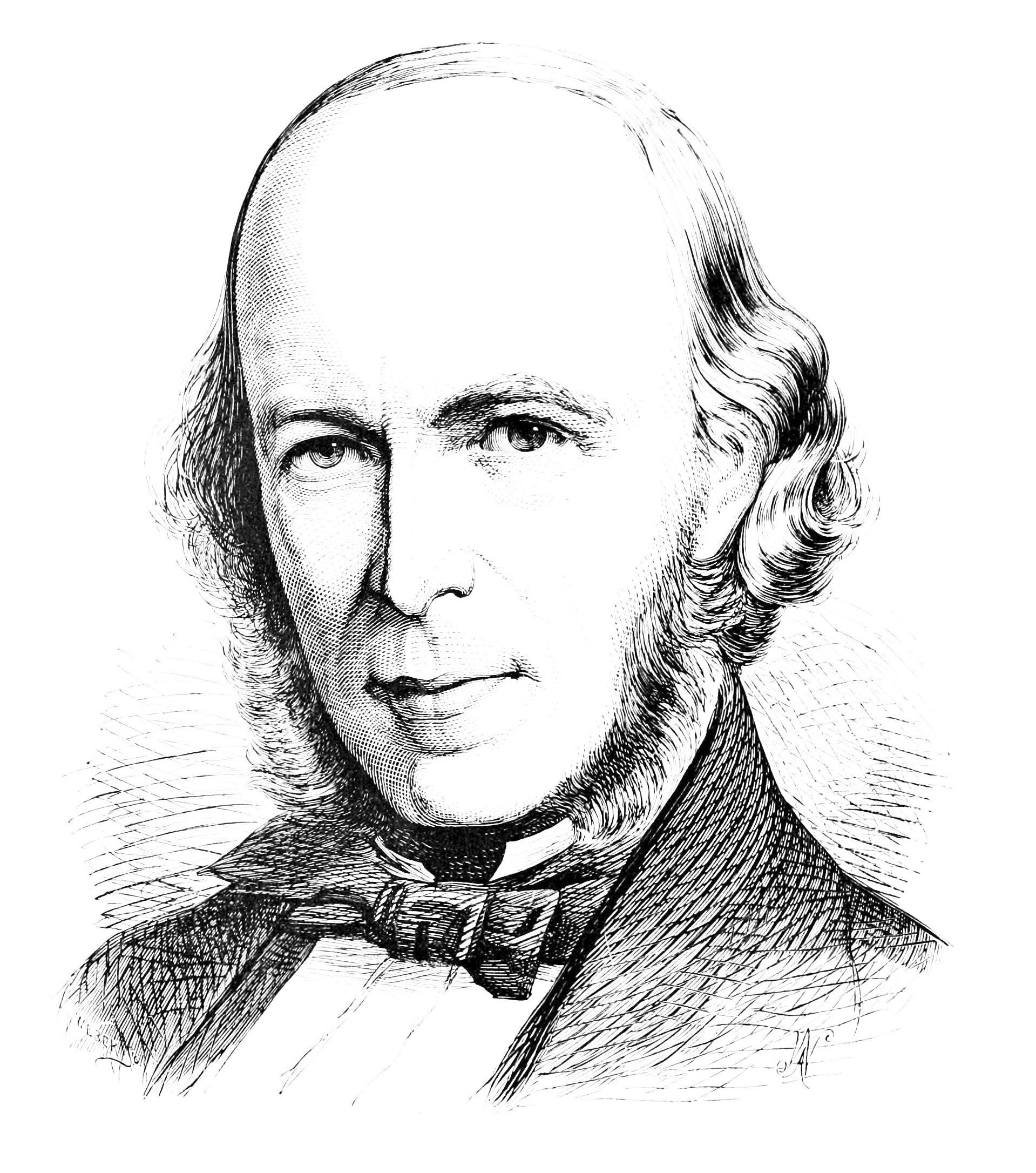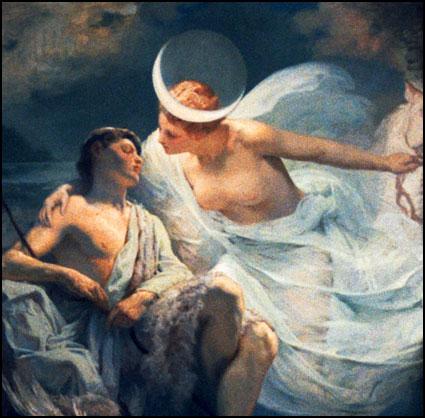|
Khonsu
Khonsu (; also transliterated Chonsu, Khensu, Khons, Chons, Khonshu, or Konshu; ) is an ancient Egyptian god of lunar deity, the Moon. His name means 'traveller', and this may relate to the perceived nightly travel of the Moon across the sky. Along with Thoth, he marked the passage of time and is associated with baboons. Khonsu was instrumental in the creation of new life in all living creatures. At Thebes, Egypt, Thebes, he formed part of a family triad (the "Theban Triad") with Mut his mother and Amun his father. Attributes In art of ancient Egypt, art, Khonsu is typically depicted as a mummy with the symbol of childhood, a sidelock of hair, as well as the menat necklace with crook and flail. He has close links to other divine children such as Horus and Shu (Egyptian deity), Shu. He was also portrayed with the head of a falcon and like Horus, with whom he is associated as a protector and healer, adorned with the moon disk and crescent moon.Khonsu is mentioned in the Pyramid ... [...More Info...] [...Related Items...] OR: [Wikipedia] [Google] [Baidu] |
Temple Of Khonsu
The Temple of Khonsu is an ancient Egyptian temple. It is located within the large Precinct of Amun-Re at Karnak, in Luxor, Egypt. The edifice is an example of an almost complete New Kingdom of Egypt, New Kingdom Egyptian temple, temple, and was originally constructed by Ramesses III on the site of an earlier temple. The gateway of this temple is at the end of the avenue of sphinxes that ran to the Luxor Temple. In Ptolemaic dynasty, Ptolemaic times, Ptolemy III Euergetes constructed a great gateway and enclosure wall for the temple; only the gateway now remains (see below). Inscriptions inside the forecourt of the temple were made in the time of Herihor. The hypostyle hall was erected by Nectanebo I and is not of great size; inside were found two Baboon, baboons that appear to have been carved in the time of Seti I. It probably belonged to the earlier building on the site. Numerous blocks with unmatched and inverted decorations can be seen, showing the amount of reconstruction an ... [...More Info...] [...Related Items...] OR: [Wikipedia] [Google] [Baidu] |
Bentresh Stela
The Bentresh Stela or Bakhtan Stela is an ancient Egyptian sandstone stela with a hieroglyphic text telling the story of Bentresh, daughter of the prince of Bakhtan (i.e. Bactria), who fell ill and was healed by the Egyptian god Khonsu. Dating The narrative is set during the reign of Ramesses II (Bentresh is his sister-in-law in the story), but the text is commonly regarded as pseudo-epigraphical; despite being carefully composed and carved in the New Kingdom fashion, the text itself betrays a much later execution. Adolf Erman suggested an early Ptolemaic datation for the stela, an opinion shared by Kim Ryholt; others scholars instead interpreted the text as anti-Persian propaganda and dated the stela to the 27th Dynasty. Purpose Its purpose might have been to reminisce on Egypt's old glory during foreign Persian or Ptolemaic rule, or to glorify Khonsu-Neferhotep, "the merciful" and Khonsu-Pairsekher, "the provider", the two aspects of the god worshiped in Thebes, or was inspi ... [...More Info...] [...Related Items...] OR: [Wikipedia] [Google] [Baidu] |
Amun
Amun was a major ancient Egyptian deity who appears as a member of the Hermopolitan Ogdoad. Amun was attested from the Old Kingdom together with his wife Amunet. His oracle in Siwa Oasis, located in Western Egypt near the Libyan Desert, remained the only oracle of Amun throughout. With the 11th Dynasty ( BC), Amun rose to the position of patron deity of Thebes by replacing Montu. Initially possibly one of eight deities in the Hermapolite creation myth, his worship expanded. After the rebellion of Thebes against the Hyksos and with the rule of Ahmose I (16th century BC), Amun acquired national importance, expressed in his fusion with the Sun god, Ra, as Amun-Ra (alternatively spelled Amon-Ra or Amun-Re). On his own, he was also thought to be the king of the gods. Amun-Ra retained chief importance in the Egyptian pantheon throughout the New Kingdom (with the exception of the " Atenist heresy" under Akhenaten). Amun-Ra in this period (16th–11th centur ... [...More Info...] [...Related Items...] OR: [Wikipedia] [Google] [Baidu] |
Horus
Horus (), also known as Heru, Har, Her, or Hor () in Egyptian language, Ancient Egyptian, is one of the most significant ancient Egyptian deities who served many functions, most notably as the god of kingship, healing, protection, the sun, and the sky. He was worshipped from at least the late prehistoric Egypt until the Ptolemaic Kingdom and Egypt (Roman province), Roman Egypt. Different forms of Horus are recorded in history, and these are treated as distinct gods by Egyptology, Egyptologists."The Oxford Guide: Essential Guide to Egyptian Mythology", Edited by Donald B. Redford, Horus: by Edmund S. Meltzer, pp. 164–168, Berkley, 2003, . These various forms may be different manifestations of the same multi-layered deity in which certain attributes or Syncretism, syncretic relationships are emphasized, not necessarily in opposition but complementary to one another, consistent with how the Ancient Egyptians viewed the multiple facets of reality. He was most often depicted as ... [...More Info...] [...Related Items...] OR: [Wikipedia] [Google] [Baidu] |
Pharaoh (Prus Novel)
''Pharaoh'' () is the fourth and last major novel by the Polish writer Bolesław Prus (1847–1912). Composed over a year's time in 1894–95, serialized in 1895–96, and published in book form in 1897, it was the sole historical novel by an author who had earlier disapproved of historical novels on the ground that they inevitably distort history. ''Pharaoh'' has been described by Czesław Miłosz as a "novel on... mechanism[s] of political power, state power and, as such, ... probably unique in world literature of the nineteenth century.... Prus, [in] selecting the reign of 'Pharaoh Ramses XIII' [a fictitious character] in the eleventh century BCE, sought a perspective that was detached from... pressures of [topicality] and censorship. Through his analysis of the dynamics of an ancient Egyptian society, he... suggest[s] an archetype of the struggle for power that goes on within any state." ''Pharaoh'' is set in the Egypt of 1087–85 BCE as that country experiences int ... [...More Info...] [...Related Items...] OR: [Wikipedia] [Google] [Baidu] |
Ptolemy IV
Ptolemy IV Philopator (; "Ptolemy, lover of his Father"; May/June 244 – July/August 204 BC) was the fourth pharaoh of Ptolemaic Egypt from 221 to 204 BC. Ptolemy IV was the son of Ptolemy III and Berenice II. His succession to the throne was accompanied by a wide-ranging purge of the Ptolemaic royal family, which left control of the realm's government largely in the hands of his courtiers Sosibius and Agathocles. His reign was marked by the Fourth Syrian War (219–217 BC) with the Seleucid empire, which culminated in a decisive Ptolemaic victory at the Battle of Raphia, one of the largest battles of the whole Hellenistic Age. In the final years of his rule, control over the southern portion of the country was lost to the rebel pharaoh Hugronaphor. Ptolemy IV died in mysterious circumstances in 204 BC and was succeeded by his young son Ptolemy V Epiphanes under the regency of Sosibius and Agathocles. In ancient sources, Ptolemy IV was criticised for being more interested ... [...More Info...] [...Related Items...] OR: [Wikipedia] [Google] [Baidu] |
Thebes, Egypt
Thebes (, , ''Thēbai''), known to the ancient Egyptians as Waset, was an ancient Egyptian city located along the Nile about south of the Mediterranean. Its ruins lie within the modern Egyptian city of Luxor. Thebes was the main city of the fourth Upper Egyptian nome (Sceptre nome) and was the capital of Egypt for long periods during the Middle Kingdom and New Kingdom eras. It was close to Nubia and the Eastern Desert, with its valuable mineral resources and trade routes. It was a religious center and the most venerated city during many periods of ancient Egyptian history. The site of Thebes includes areas on both the eastern bank of the Nile, where the temples of Karnak and Luxor stand and where the city was situated; and the western bank, where a necropolis of large private and royal cemeteries and funerary complexes can be found. In 1979, the ruins of ancient Thebes were classified by UNESCO as a World Heritage Site. Toponymy The Egyptian name for Thebes was ''w� ... [...More Info...] [...Related Items...] OR: [Wikipedia] [Google] [Baidu] |
Theban Triad
The Theban Triad is a triad of Egyptian gods most popular in the area of Thebes, Egypt. The triad The group consisted of Amun, his consort Mut and their son Khonsu. They were favored by both the 18th and 25th Dynasty. At the vast Karnak Temple Complex, these gods constituted the primary objects of worship. Other temples and shrines also exist throughout Egypt, such as the one at Deir el-Hagar, close to the Dakhla Oasis. Amenhotep I, the pharaoh Pharaoh (, ; Egyptian language, Egyptian: ''wikt:pr ꜥꜣ, pr ꜥꜣ''; Meroitic language, Meroitic: 𐦲𐦤𐦧, ; Biblical Hebrew: ''Parʿō'') was the title of the monarch of ancient Egypt from the First Dynasty of Egypt, First Dynasty ( ... who built Karnak, was often depicted amongst these gods. References External links {{Ancient Egyptian religion footer, collapsed Thebes, Egypt Groups of Egyptian deities Egyptian gods Amun Triple deities ... [...More Info...] [...Related Items...] OR: [Wikipedia] [Google] [Baidu] |
Lunar Deity
A lunar deity or moon deity is a deity who represents the Moon, or an aspect of it. These deities can have a variety of functions and traditions depending upon the culture, but they are often related. Lunar deities and Moon worship can be found throughout most of recorded history in various forms. Moon in religion and mythology Many cultures have implicitly linked the 29.5-day lunar cycle to women's menstrual cycles, as evident in the shared linguistic roots of "menstruation" and "moon" words in multiple Language family, language families. This identification was not universal, as demonstrated by the fact that not all moon deities are female. Still, many well-known mythologies feature moon goddesses, including the Greek goddess Selene, the Roman goddess Luna (mythology), Luna, the Chinese goddess Chang'e, and the Mayan goddess Coyolxauhqu, who's decapitation may represent a lunar eclipse. Several goddesses including Artemis, Hecate, and Isis did not originally have lunar aspec ... [...More Info...] [...Related Items...] OR: [Wikipedia] [Google] [Baidu] |
Thoth
Thoth (from , borrowed from , , the reflex of "[he] is like the ibis") is an ancient Egyptian deity. In art, he was often depicted as a man with the head of an African sacred ibis, ibis or a baboon, animals sacred to him. His feminine counterpart was Seshat, and his wife was Maat. He was the god of the Moon, wisdom, knowledge, writing, hieroglyphs, science, magic, art and judgment. Thoth's chief Egyptian temple, temple was located in the city of Hermopolis ( , Egyptological pronunciation: Khemenu, ). Later known as in Egyptian Arabic, the Temple of Thoth was mostly destroyed before the beginning of the Christian era. Its very large pronaos was still standing in 1826, but was demolished and used as fill for the foundation of a sugar factory by the mid-19th century. Thoth played many vital and prominent roles in Egyptian mythology, such as maintaining the universe, and being one of the two deities (the other being Maat, Ma'at) who stood on either side of Ra, Ra's solar barq ... [...More Info...] [...Related Items...] OR: [Wikipedia] [Google] [Baidu] |
Memphis, Egypt
Memphis (, ; Bohairic ; ), or Men-nefer, was the ancient capital of Inebu-hedj, the first Nome (Egypt), nome of Lower Egypt that was known as ''mḥw'' ("North"). Its ruins are located in the vicinity of the present-day village of Mit Rahina (), in markaz (county) Badrashin, Giza, Egypt. Along with the Memphite Necropolis, pyramid fields that stretch on a desert plateau for more than on its west, including the famous Giza pyramid complex, Pyramids of Giza, Memphis and its necropolis have been listed as a World Heritage Site. The site is open to the public as an open-air museum. According to legends related in the early third century BC by Manetho, a priest and historian who lived in the Ptolemaic Kingdom during the Hellenistic period of ancient Egypt, the city was founded by Pharaoh, King Menes. It was the List of Egyptian capitals, capital of ancient Egypt (''Kemet'' or ''Kumat'') during both the Early Dynastic Period of Egypt, Early Dynastic Period and Old Kingdom and remain ... [...More Info...] [...Related Items...] OR: [Wikipedia] [Google] [Baidu] |





